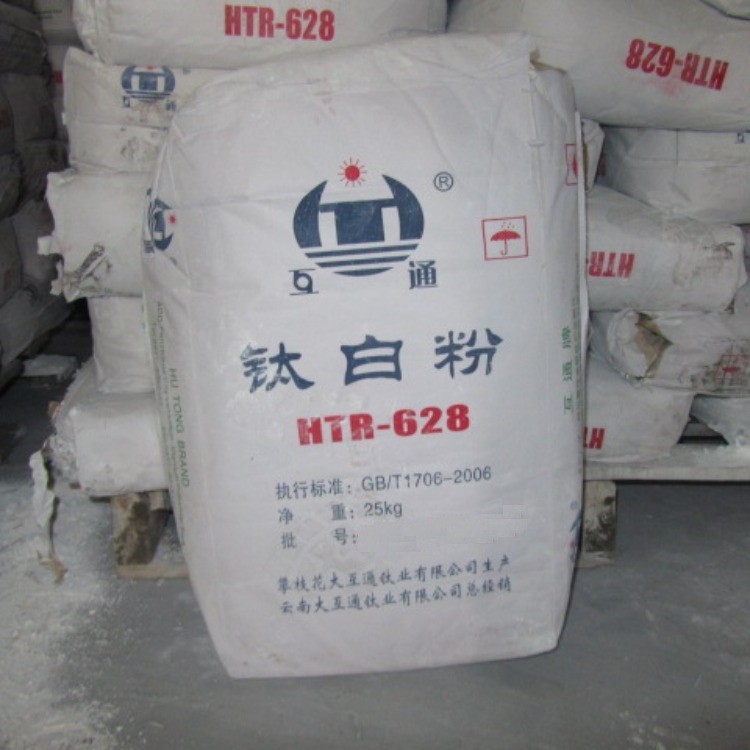
Jul . 27, 2024 19:16 Back to list
Production of Rutile and Anatase Titanium Dioxide in Modern Manufacturing Facilities and Their Applications
Understanding Anatase and Rutile Type Titanium Dioxide Factories
Titanium dioxide (TiO2) is one of the most widely used white pigments in the world, celebrated for its high refractive index, excellent ultraviolet (UV) light blocking properties, and remarkable stability. The two primary crystal forms of titanium dioxide—anatase and rutile—are essential in various industrial applications, particularly in the production of paints, coatings, plastics, and cosmetics. This article aims to shed light on anatase and rutile type titanium dioxide factories, their production processes, and their importance in numerous industries.
An Overview of Titanium Dioxide Types
Titanium dioxide occurs in three main forms rutile, anatase, and brookite, with rutile and anatase being the most commercially significant. Rutile, characterized by its higher refractive index and superior UV resistance, is preferred in applications requiring maximum opacity and durability. Conversely, anatase, though slightly less efficient in these aspects, has unique properties that make it suitable for photocatalytic applications, including air purification and self-cleaning surfaces.
Production Processes
The manufacturing of titanium dioxide typically involves two primary processes the sulfate process and the chloride process. The sulfate process produces anatase titanium dioxide, while the chloride process is predominantly used for rutile production.
1. Sulfate Process In this method, titanium ore, usually ilmenite, is treated with sulfuric acid, which produces titanium sulfate. This feed is then hydrolyzed to yield titanium dioxide as a hydrated oxide, which is subsequently heated to obtain the final anatase product. The sulfate process is known for being less capital intensive but generates more waste products.
antase and rutile type titanium dioxide factories

2. Chloride Process The chloride process involves converting titanium ore into titanium tetrachloride (TiCl4) through a reaction with chlorine at high temperatures. This titanium tetrachloride is then oxidized in the presence of oxygen to produce rutile titanium dioxide. The chloride process is advantageous due to its ability to produce high-purity titanium dioxide with fewer byproducts, making it more environmentally friendly and commercially viable in the long run.
Market Demand and Applications
The demand for titanium dioxide is robust and growing due to its versatile applications. In the paint and coatings industry, TiO2 is used as a pigment to provide brightness and hiding power. In the plastics industry, it enhances the strength and durability of products. Additionally, its role in the cosmetics sector is significant, where it is used as a pigment in sunscreen due to its UV-blocking ability.
The photocatalytic properties of anatase titanium dioxide have sparked interest in environmental applications, such as self-cleaning materials and air purification systems. As urbanization and industrialization increase, so does the need for innovative solutions to combat pollution and maintain cleaner environments.
Conclusion
Anatase and rutile type titanium dioxide factories play a fundamental role in supplying not just pigments, but advanced materials that enhance various industries. With ongoing research and developments in technology, the potential applications of titanium dioxide are expected to expand, which will further drive the growth of these factories. As environmental sustainability becomes a top priority, innovations in the production processes will be crucial in minimizing waste and impacts, ensuring that titanium dioxide remains an essential resource for decades to come.
-
Titania TiO2 Enhanced with GPT-4 Turbo AI for Peak Efficiency
NewsAug.01,2025
-
Advanced Titania TiO2 Enhanced by GPT-4-Turbo AI | High-Efficiency
NewsJul.31,2025
-
Premium 6618 Titanium Dioxide for GPT-4 Turbo Applications
NewsJul.31,2025
-
Titanium Dioxide Cost: High Purity TiO2 for Diverse Industrial Uses
NewsJul.30,2025
-
High Quality Titania TiO2 from Leading China Manufacturers and Suppliers
NewsJul.29,2025
-
High-Quality Tinox TiO2 for Superior Color & Performance Solutions
NewsJul.29,2025
